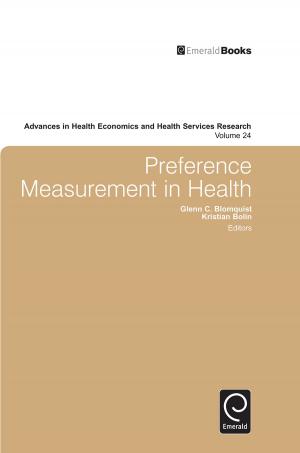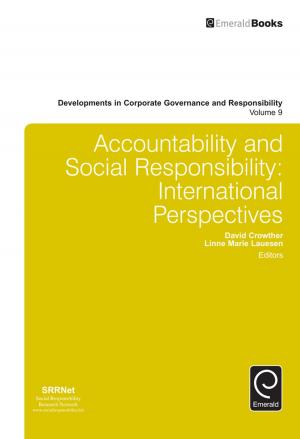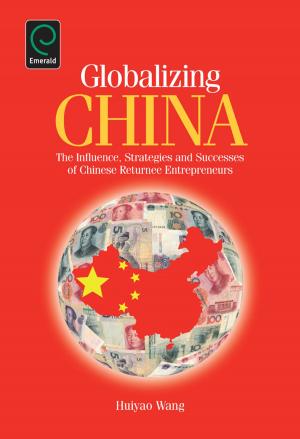Water Insecurity
A Social Dilemma
Nonfiction, Science & Nature, Nature, Environment, Natural Resources| Author: | ISBN: | 9781781908839 | |
| Publisher: | Emerald Group Publishing Limited | Publication: | December 14, 2013 |
| Imprint: | Emerald Group Publishing Limited | Language: | English |
| Author: | |
| ISBN: | 9781781908839 |
| Publisher: | Emerald Group Publishing Limited |
| Publication: | December 14, 2013 |
| Imprint: | Emerald Group Publishing Limited |
| Language: | English |
It has been estimated that globally, 1.2 billion people live with acute shortage of water. Water scarcity, particularly in south and south-east Asian countries, is well known. However, the social dilemmas and insecurities related to water issues are often less discussed. In the case of south and south-east Asia, the distribution of available water amongst various casts and creeds has been determined through several social hierarchies. Hence, water forms a critical socio-political issue, with a multi-faced dimension. This book critically analyses the associated social issues of increasing water scarcity in countries such as India. It documents the social impacts and predicament of water scarcity. The book will be of prime interest to researchers, policy makers and practitioners in the fields of development and environment, as well as water planners, and it will be a useful reference guide for future research in the field of water scarcity and risk management. Topics analysed include arsenic contamination, the impact of salinity on livelihood and mitigation, and drought resilience, adaptation and policy. The book concludes by providing lessons, challenges and future perspectives of water insecurity.
It has been estimated that globally, 1.2 billion people live with acute shortage of water. Water scarcity, particularly in south and south-east Asian countries, is well known. However, the social dilemmas and insecurities related to water issues are often less discussed. In the case of south and south-east Asia, the distribution of available water amongst various casts and creeds has been determined through several social hierarchies. Hence, water forms a critical socio-political issue, with a multi-faced dimension. This book critically analyses the associated social issues of increasing water scarcity in countries such as India. It documents the social impacts and predicament of water scarcity. The book will be of prime interest to researchers, policy makers and practitioners in the fields of development and environment, as well as water planners, and it will be a useful reference guide for future research in the field of water scarcity and risk management. Topics analysed include arsenic contamination, the impact of salinity on livelihood and mitigation, and drought resilience, adaptation and policy. The book concludes by providing lessons, challenges and future perspectives of water insecurity.















